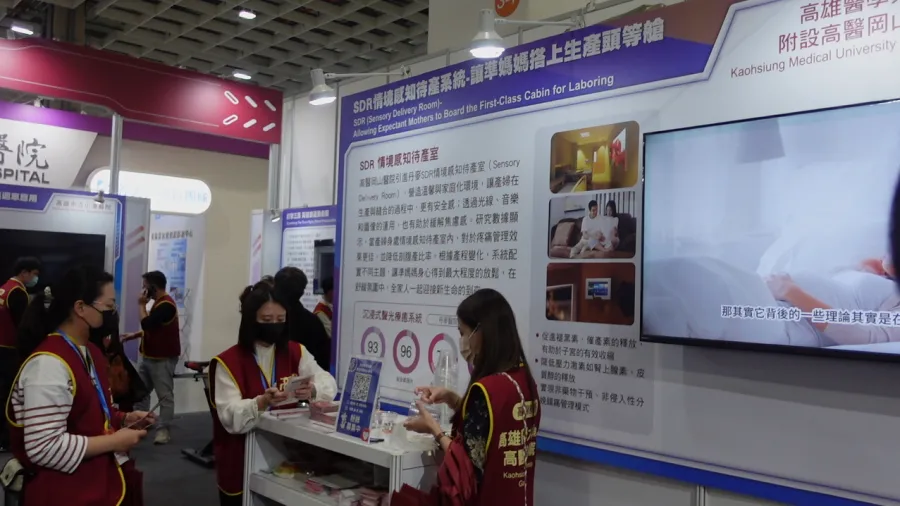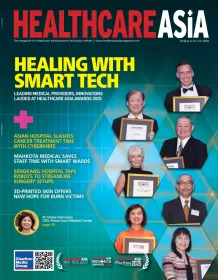
KMU hospital adopts Danish tech to alleviate pregnant moms’ stress in birthing process
It will reduce nurse’s workload and address overcrowding in emergency rooms.
Of all the bright ideas to relieve the stress and anxiety of expectant mothers entering labour, Kaohsiung Medical University (KMU) has leapt to innovation to address these troubles at its Gangshan Hospital.
KMU established the Danish audio-visual tech in its Sensory Delivery Room (SDR) for a sense of calm and ease, instead of exposing pregnant moms to the stressful environment of the emergency department, with no place to rest just as labour pains kick in.
The room has adjustable lighting, sound and other factors to create a relaxing ambience for different phases of the birthing process whilst preparing them for the delivery room.
Sherry Chen, a representative for KMU Healthcare, explained that the SDR is a big help for calming the nerves of pregnant moms as they anticipate a naturally painful ordeal.
For the nurses, when the mother is comfortable, nurses can more easily focus on their duties such as monitoring vitals and communicating with mothers.
“If the mother is not nervous, it will give more comfort and the nurse can lower their workload in the room,” said Chen.
Asked how long the mother has to stay in the SDR, Chen said it depends on the doctor’s decision. It could go on for about 12 hours or more in a day.
In Taiwan, the SDR is already established in the Hsin-Chu hospital branch of KMU in the northern district and next year, it is set to be deployed in KMU’s other hospitals.
KMU innovations
KMU also invested in other preventive care technologies that add comfort to their patients such as wearable devices for heart monitoring and sleep care.
The wearables can detect heart movements and assess cardiac load capacity. The data gathered from the tech will also help evaluate if the patient is prone to heart failure risks.
For sleep care, the hospital system combines wearable brain-computer interfaces and Internet-of-Things (IoT) tech to evaluate and enhance the sleep quality of the patient.



















 Advertise
Advertise





